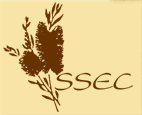The Village Grows Up |
Early Dwellings
Most of the dwellings were little more than shanties, but the ingenuity of the settlers was often evident. Typically, swamp oaks were cut on Bonna Point and on the site of the present oil refinery. Residents lashed the stakes together and covered them with split hessian bags or kerosene tins. The hessian was whitewashed to render it waterproof, while internally the walls were lined with newspapers. Kerosene tins, their ends removed, were flattened out to give a sizable sheet of steel, used mainly for nailing to the exterior. Most of the floors were of stamped dirt. |

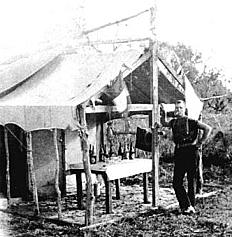
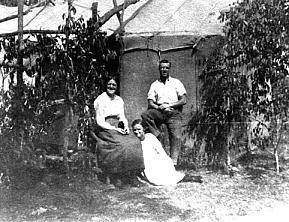 |
| During the 1950s, after the road from Cronulla to Kurnell had been constructed, a great number of second-hand houses were brought to Kurnell on trucks from other places in Sutherland Shire to provide inexpensive homes. |
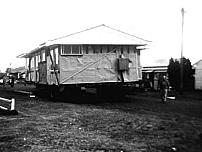 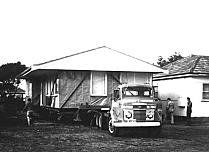 |
| top of page |
